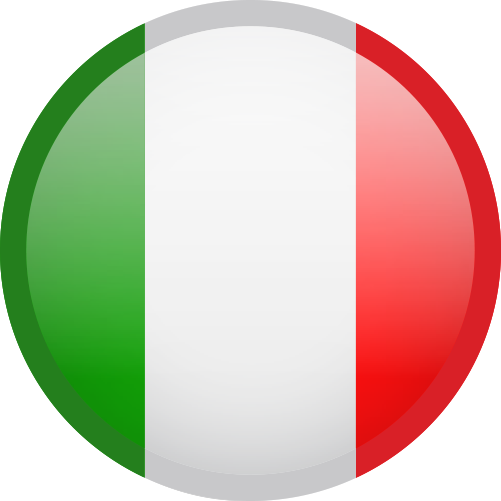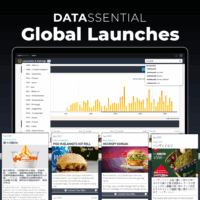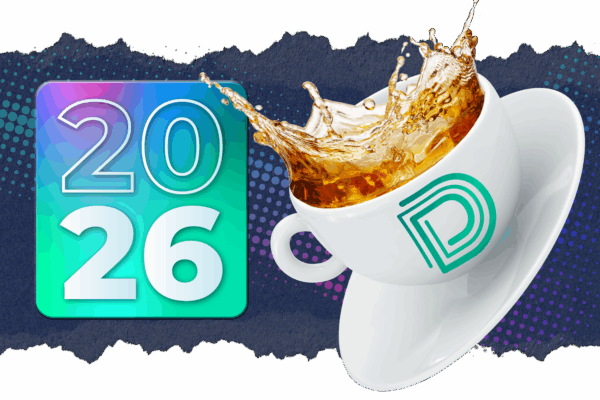Sales teams across the food and beverage industry are drowning in data — yet starving for clarity. Scattered spreadsheets, outdated CRM entries, conflicting lead sources, and siloed market intelligence create a costly paradox: more information, less insight.
The consequences are tangible. Reps waste hours reconciling duplicate records. Territory managers miss high-potential opportunities hidden in blind spots. Product teams launch into segments they don’t fully understand. And leadership struggles to separate signal from noise when planning go-to-market strategy.
The root issue isn’t a lack of data. It’s the absence of a reliable, unified source of truth — a single system that captures the complete market picture with depth, accuracy, and consistency. Without it, even the most talented sales organizations are operating with one hand tied behind their backs.
So what does a true source of truth actually look like in foodservice? And more importantly, how do you build sales processes around one that delivers real competitive advantage?
The Three Pillars of a True Data Source of Truth
Comprehensive Coverage: Seeing the Entire Market Landscape
A source of truth is only as valuable as its scope. Partial visibility creates gaps that competitors exploit. True comprehensiveness means tracking the full universe of operators — not just the obvious national chains, but the independent restaurants, regional players, non-commercial accounts, and emerging concepts that represent the next wave of opportunity.
In practice, this means maintaining visibility across every relevant channel: restaurants, retail foodservice, healthcare facilities, education institutions, lodging properties, recreation venues, and beyond. It means covering not just the United States, but extending into Canada and international markets where your growth strategy leads.
Why this matters for sales execution: When your team has complete market coverage, territory planning becomes strategic rather than arbitrary. You can identify underserved geographies, spot emerging clusters of activity, and allocate resources based on actual opportunity density rather than historical momentum. Account executives can prioritize prospects with confidence, knowing they’re not missing the next breakout brand operating two blocks away.
Comprehensive data also enables proactive prospecting. New business openings, concept expansions, and facility upgrades surface in real-time, giving your team first-mover advantage before competitors even know the opportunity exists. This is the difference between reacting to RFPs and shaping procurement conversations before they go to bid.
Rich Data Attributes: Understanding Why Operators Buy
Breadth without depth is just a phone book. A true source of truth doesn’t just tell you who operates in a given market — it reveals what they serve, how they operate, and why they make purchasing decisions.
This richness comes from integrating multiple layers of intelligence: menu composition and trends, consumer behavior and preferences, operational characteristics, purchasing patterns, and competitive positioning. When these attributes work together, they transform a simple operator list into a strategic intelligence platform.
Consider the difference in sales approach: One rep walks into a meeting knowing the prospect is a fast-casual restaurant with 12 locations. Another walks in knowing the operator recently added plant-based proteins to 40% of their menu, attracts a health-conscious demographic that over-indexes on sustainability claims, operates commissary kitchens that prioritize prep efficiency, and just secured funding for expansion.
The second rep doesn’t just have more data. They have the right data to personalize their pitch, align product benefits with operator priorities, and position solutions that solve actual business challenges. This level of insight enables consultative selling rather than transactional prospecting.
Rich data attributes also power segmentation strategies that go beyond simple categorization. You can identify operators based on menu innovation curves, consumer sentiment alignment, growth trajectories, and competitive differentiation plays — the behavioral and strategic signals that predict receptiveness to your solutions.
How to operationalize rich data in your sales process:
- Build account profiles that combine menu trends, consumer insights, and operational intelligence before first contact
- Use menu composition analysis to identify white space opportunities and product-menu fit
- Leverage consumer preference data to speak the language of your prospect’s customer base
- Track purchasing patterns and spending indicators to qualify leads and forecast deal potential
- Monitor competitive menu moves to position differentiated solutions and first-to-market advantages
When menu intelligence, consumer insights, and operator behavior data converge in a single view, your sales team stops pitching products and starts solving business problems.
Trusted Quality: Data You Can Actually Rely On
The most comprehensive and rich dataset is worthless if it’s inaccurate. Trust is the foundation of any source of truth, and trust is earned through rigorous data management, continuous validation, and systematic quality control.
Quality data doesn’t happen by accident. It requires disciplined processes for collection, verification, enrichment, and maintenance. Manual review catches errors that automated systems miss. Fuzzy matching algorithms unify duplicate records across sources without losing nuance. Historical tracking identifies outliers and inconsistencies before they corrupt downstream analysis. And continuous updating ensures that records reflect current reality, not stale snapshots from months or years ago.
The business impact of trusted data is profound: Sales reps stop wasting time chasing dead ends or updating incorrect contact information. Marketing campaigns reach the right decision-makers with relevant messages. Territory assignments reflect actual account ownership rather than CRM artifacts. And forecasting becomes reliable because pipeline data maps to real market opportunities.
Trusted data also enables automation and AI applications that would fail with dirty inputs. Lead scoring models, predictive analytics, and recommendation engines all depend on clean, consistent data to generate value. When your source of truth maintains rigorous quality standards, these advanced capabilities become force multipliers rather than science projects.
Quality indicators to evaluate in any data source:
- How frequently are records updated and refreshed?
- What validation processes ensure accuracy at the point of collection?
- How are duplicate records identified and resolved?
- What human oversight exists to catch edge cases and anomalies?
- Can you trace the provenance and freshness of individual data points?
- How are data gaps and missing attributes flagged and prioritized for enrichment?
A source of truth you can’t trust isn’t a source of truth — it’s a liability.
Building Sales Processes Around Better Data
Understanding what defines a source of truth is step one. Actually leveraging it to transform sales execution is where the advantage materializes.
Territory Planning and Market Prioritization: Start by mapping your total addressable market with precision. Use comprehensive coverage to identify concentration of opportunity by geography, segment, and operator profile. Rich attributes enable scoring and ranking based on fit, propensity to buy, and strategic value. This data-driven approach to territory design ensures balanced workloads and maximizes team productivity.
Account Prioritization and Lead Qualification: Not all prospects are created equal. Use behavioral signals, growth indicators, and competitive intelligence to separate high-potential accounts from time-wasters. Menu trend adoption, recent funding activity, expansion plans, and purchasing pattern shifts all signal receptiveness and urgency. Focus your best resources on accounts most likely to close and deliver long-term value.
Personalized Outreach and Consultative Selling: Generic pitches get generic results. Use menu intelligence to reference specific dishes and ingredients. Cite consumer preference trends relevant to the operator’s target demographic. Acknowledge competitive moves and positioning challenges. Demonstrate that you understand their business context and customer base. This level of personalization dramatically increases engagement and conversion.
Pipeline Management and Forecasting: Trusted data creates pipeline visibility you can actually believe. Track opportunities against real account attributes and market conditions. Identify at-risk deals based on competitive intelligence and operator behavior changes. Forecast with confidence because your pipeline reflects market reality, not wishful thinking.
Continuous Learning and Strategy Refinement: A living source of truth enables experimentation and optimization. Test messaging variations across segments. Measure win rates by operator profile and market condition. Identify successful patterns and scale what works. The feedback loop between market intelligence and sales execution accelerates learning and compounds advantage over time.
The Competitive Reality: Data as Unfair Advantage
In markets where products commoditize and competitors match features, advantage accrues to teams with better information and faster insight. When your reps understand operator needs before the first call, when your territory plans align with actual opportunity, when your forecasts reflect market reality — you win deals others don’t even see.
This is what “unfair advantage” means in foodservice sales: not working harder, but working with clarity others lack. Seeing opportunities others miss. Speaking the language operators respond to. Moving faster because your intelligence is current and your processes are data-driven.
The question isn’t whether better data creates advantage. The question is how long you’ll compete without it.
For a deeper dive into how leading foodservice companies are leveraging comprehensive, rich, and trusted data to transform sales execution, Datassential’s recent GTM webinar “Better Data: Your Unfair Advantage in F&B Sales” offers practical frameworks and real-world examples.
Watch the replay and explore how better data infrastructure is reshaping competitive dynamics in food and beverage.
For ongoing insights and upcoming sessions, visit datassential.com/webinar to join the conversation around data-driven go-to-market strategy.
 EN | English UK
EN | English UK DE | Deutsch
DE | Deutsch FR | Français
FR | Français IT | Italiano
IT | Italiano SP | Español
SP | Español





